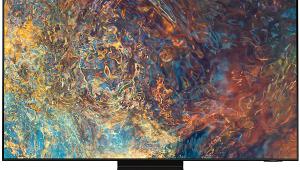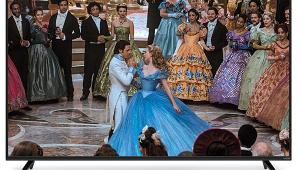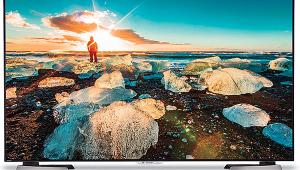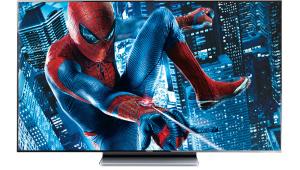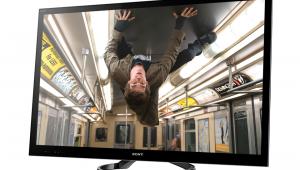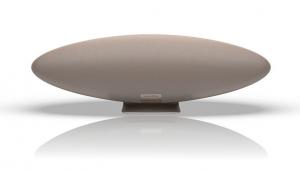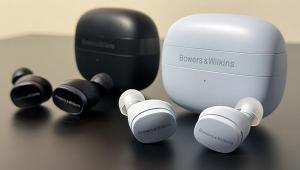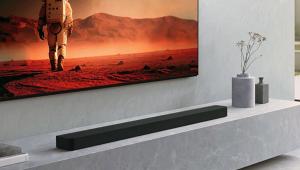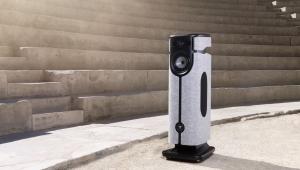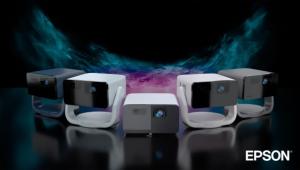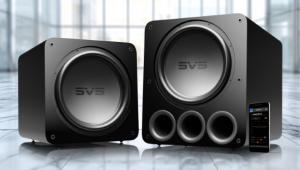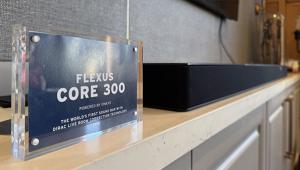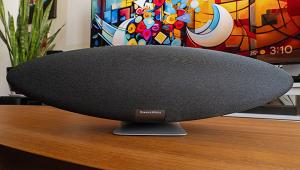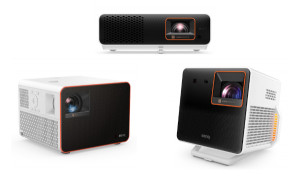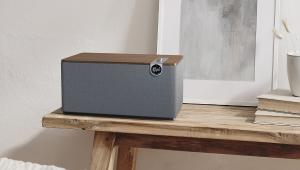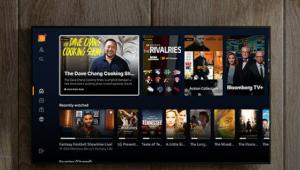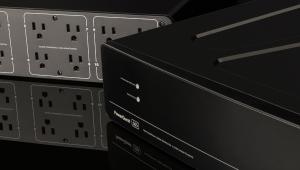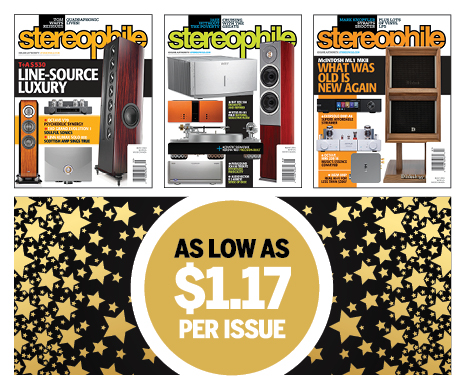Samsung UN55B8500 LCD HDTV HT Labs Measures
Black: 0.001
White: 25.16
Full-On/Full-Off Contrast Ratio: 25,160:1
All of the measurements here were taken in the Movie mode, adjusted for the most accurate picture. Except as noted, the Contrast was set to 82, the Brightness to 51, the Backlight to 3 (out of 10), Black Tone to Dark (its lowest active setting), and the Gamma to 0. The Smart LED feature (local dimming) was on.
The full-on/full-off contrast ratio (above), which is sometimes referred to as the peak contrast ratio, the sequential contrast ratio, or the dynamic range, is comparable to what we have measured with other local-dimming LCDs. A Backlight setting of 3 was more than adequate for viewing in a dimly lit room. When I increased the Backlight to 4, it didn’t change the black reading, but it increased the white level to 30.8 foot-lamberts, for a slightly punchier picture and a full-on/full-off contrast ratio of 30,810:1. I don’t recommend a Backlight setting above 4 under most circumstances. A Backlight setting of 10 in Movie mode produced a peak white level of 63.5 ft-L, and a setting of 10 in Dynamic mode produced a peak white level of 100.0 ft-L. Either setting will be unpleasant to watch in anything but a very bright room.
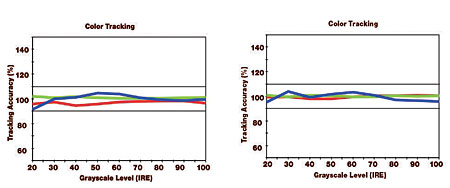
The Color Tracking charts below show how well a display adheres to the D65 standard white point; the tighter the overlap of the three primary colors, the nearer the result is to D65. Both charts show results obtained in the Warm2 Color Tone setting. The Before Calibration result in this sample was fair. While not one of the best we’ve ever obtained, the After Calibration result was still good. The deviations were largely below the threshold of human visual perception.

The Auto setting of the Color Space control placed all of the color points at their correct positions as required by the HD standard color gamut (Rec. 709). But the magnitudes of the primary colors (the third dimension on the two-dimensional CIE chart) were a little on the hot side. I corrected for this using the Custom Color Space controls and the appropriate test tools. As it turned out, the visible differences between the Auto and calibrated Custom Color Space settings were nearly imperceptible.—TJN
- Log in or register to post comments
